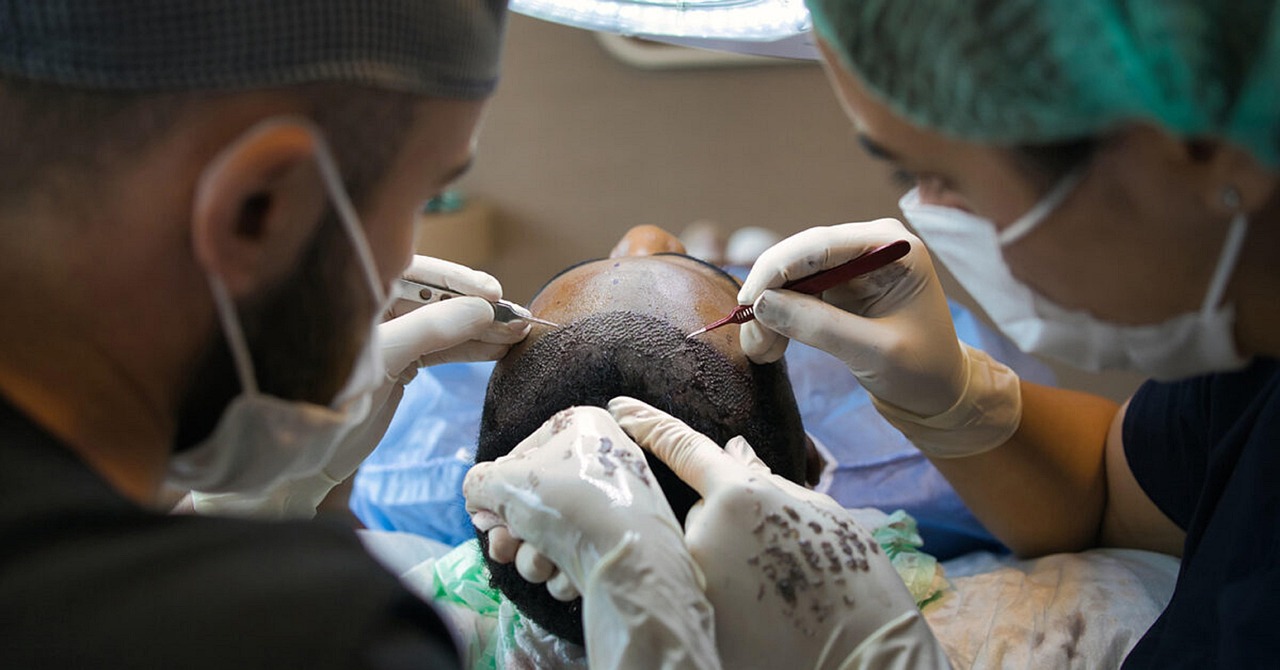Top Liposuction Procedures in the United Kingdom 2025 for Effective Fat Reduction and Body Shaping
Liposuction remains a leading surgical option for removing stubborn fat and reshaping the body. In 2025 the UK offers several advanced techniques tailored to different contouring goals. This article explains how they work, recovery, safety considerations, and treatment options to help decide.

Liposuction as a Solution for Body Contouring
Liposuction works by permanently removing fat cells from targeted areas of the body, including the abdomen, thighs, buttocks, arms, neck, and chin. Unlike weight loss through diet and exercise, which shrinks fat cells but doesn’t eliminate them, liposuction physically extracts fat cells from the body. This makes it an effective solution for addressing disproportionate fat distribution or genetic predispositions to fat accumulation in certain areas. The procedure is particularly beneficial for individuals with good skin elasticity who have maintained a stable weight but wish to refine their silhouette by targeting specific problem areas resistant to traditional weight loss methods.
Body contouring through liposuction can provide more balanced proportions and improve body harmony. However, candidates should understand that liposuction is not appropriate for treating obesity or as a weight loss alternative. The best results are achieved when patients combine the procedure with healthy lifestyle habits, including proper nutrition and regular physical activity to maintain their new contours.
Popular Liposuction Methods Offered in the UK in 2025
The liposuction landscape in the United Kingdom has evolved significantly, with several advanced techniques now available to patients seeking fat reduction and body contouring:
-
Traditional Suction-Assisted Liposuction (SAL): This time-tested technique remains widely available and involves the use of a cannula connected to a vacuum device to suction out fat.
-
VASER Liposuction: Using ultrasound technology to break down fat cells before removal, this technique offers enhanced precision and potentially less trauma to surrounding tissues.
-
Laser-Assisted Liposuction: Systems like SmartLipo use laser energy to liquefy fat and stimulate collagen production, potentially improving skin tightening effects.
-
Power-Assisted Liposuction (PAL): This technique employs a rapidly vibrating cannula to dislodge fat cells, making the procedure potentially faster and less physically demanding for surgeons.
-
Water-Assisted Liposuction (WAL): Using a pressurized stream of saline solution to dislodge fat cells, WAL may result in less trauma and bruising for some patients.
Each method has specific advantages depending on the treatment area, patient anatomy, and desired outcomes. Consultations with qualified plastic surgeons help determine the most appropriate technique for individual cases.
The Process Behind Traditional Liposuction
Traditional liposuction, also known as suction-assisted lipectomy (SAL), follows a well-established procedural approach. First, the patient receives either local anesthesia with sedation or general anesthesia, depending on the treatment extent. The surgeon then makes small incisions (typically 3-5mm) near the target areas. A tumescent solution containing saline, lidocaine (local anesthetic), and epinephrine (to reduce bleeding) is injected into the treatment area to numb the region and facilitate fat removal.
Using a cannula connected to a vacuum device, the surgeon carefully maneuvers the instrument through the fatty tissue using controlled back-and-forth movements to break up fat cells and suction them out. Throughout the procedure, the surgeon regularly assesses the treatment area to ensure symmetry and proper contouring. Once the desired amount of fat is removed, the incisions are closed with stitches, and compression garments are applied to minimize swelling and support healing tissues.
Traditional liposuction typically takes 1-4 hours, depending on the number and size of treatment areas. While effective, this method generally involves more post-operative discomfort and recovery time compared to some newer techniques.
Benefits of VASER Liposuction Over Traditional Techniques
VASER (Vibration Amplification of Sound Energy at Resonance) liposuction represents one of the most significant advancements in liposuction technology available in the UK in 2025. This ultrasound-assisted technique offers several advantages over traditional methods:
Enhanced Precision: VASER technology selectively targets fat cells while preserving surrounding tissues such as blood vessels, nerves, and connective tissues. This selectivity allows surgeons to remove fat with greater precision, particularly in fibrous areas like the male chest, back, and flanks.
Improved Skin Retraction: The ultrasound energy generated by VASER stimulates collagen production, potentially leading to better skin tightening results. This makes it particularly suitable for patients with mild to moderate skin laxity who might otherwise require additional skin removal procedures.
Reduced Trauma: By emulsifying fat before removal, VASER typically causes less trauma to surrounding tissues compared to traditional liposuction, potentially resulting in less bruising, swelling, and discomfort during recovery.
High-Definition Contouring: VASER’s precision makes it especially effective for high-definition liposculpture, where surgeons can enhance natural muscle definition by removing superficial fat layers around muscle groups.
Smoother Results: The liquefaction of fat cells before extraction often yields smoother contours with less risk of irregularities or rippling that can sometimes occur with traditional techniques.
While these benefits make VASER liposuction an attractive option for many patients, the technique requires specialized training and equipment, making it generally more expensive than traditional liposuction.
Recovery Duration and Post-Operative Care
Recovery from liposuction varies depending on the technique used, treatment areas, amount of fat removed, and individual healing factors. Generally, patients can expect the following timeline and care instructions:
Immediate Post-Operative Period (1-3 days): Patients typically experience swelling, bruising, and discomfort. Pain medication and antibiotics may be prescribed. Movement is encouraged, but strenuous activities should be avoided. Compression garments must be worn continuously to reduce swelling and support healing tissues.
First Week: Patients can usually return to desk jobs within 3-7 days. Bruising and swelling remain prominent. Compression garments continue to be essential. Short walks are recommended to promote circulation and prevent blood clots.
2-4 Weeks: Most visible bruising subsides, though swelling continues. Patients can gradually resume light exercises. Compression garments are often still required, though possibly for shorter periods.
1-3 Months: Swelling continues to diminish, and results become more apparent. Most physical activities can be resumed after 6 weeks, though individual surgeon recommendations vary.
6-12 Months: Final results develop as residual swelling resolves completely and tissues fully heal.
Post-operative care instructions typically include proper wound care, adherence to compression garment guidelines, maintaining hydration, following a balanced diet, avoiding alcohol and tobacco products, attending follow-up appointments, and gradually increasing physical activity according to surgeon recommendations.
Modern liposuction techniques have generally reduced recovery times compared to earlier methods, with less invasive approaches like VASER often allowing for slightly quicker recoveries with less discomfort.
This article is for informational purposes only and should not be considered medical advice. Please consult a qualified healthcare professional for personalized guidance and treatment.




